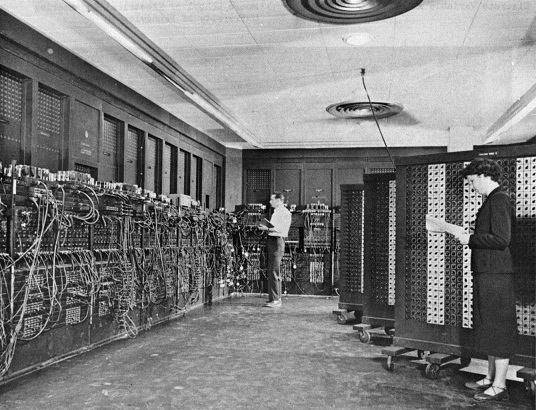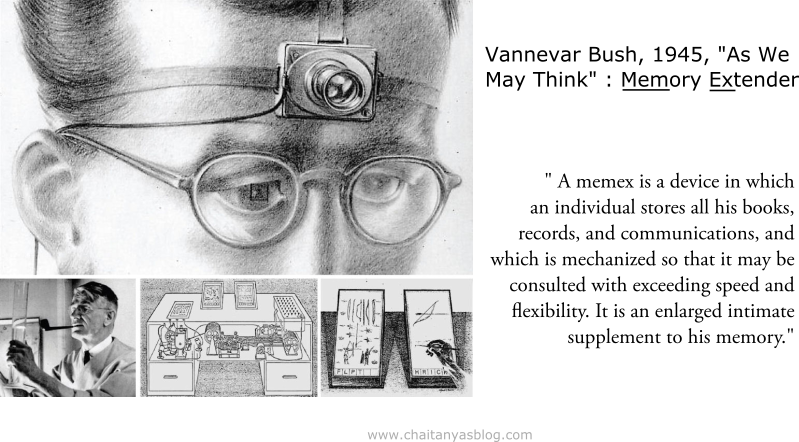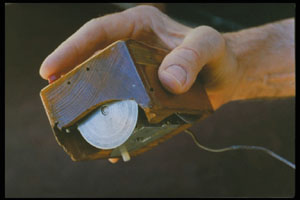The “Long Nose” of innovation – these early ideas and prototypes that lead to the current graphic user interfaces are awesome and inspiring.
1945 – Vannevar Bush
“As we may think” by Vannevar Bush, published in the July 1945 edition of ‘The Atlantic’.
The vision of this article is strongly human centric – Bush speaks of an interactive desk the ‘Memex’, where all of the world’s information would be available on the knowledge workers desk. And when you are not at your desk, the technology should move with you, and so Bush envisioned a camera, that anyone could wear at the center of their forehead, like a third eye, that would capture information.
Here, Bush pushes towards the need to make more accessible the immense store of knowledge. Read the article here.
1950 – Grace Hopper
The first step towards creating a more effective interface with computers through the Compiler.

The invention of the Compiler, was groundbreaking in the sense that Grace Hopper was able to conceptualize that improving the tool, would result in a much wider audience who had access to computation.
1963 – Ivan Sutherland
A step towards implementing a direct relation between input and output, thus making the interface more intuitive and easier to follow.
1968 – Doug Engelbart
Inspired by the article written by Bush, and fascinated with the idea of a device that could extend the power of the human mind Engelbart set out to make the first ‘Mouse’ , as seen in this demo:
The picture below, is of Engelbart holding the first mouse, which works on two orthogonal wheels, whose motion sensitivity was similar to those of volume knobs.
Early 1970’s – Alan Kay
Inspired by Engelbart’s demostration, Alan Kay designs a computer prototype later christened Dynabook.
Sine this prototype design it took a decade to translate the vision into the first real graphical user interface, and Xerox released the STAR computing system in 1981.


